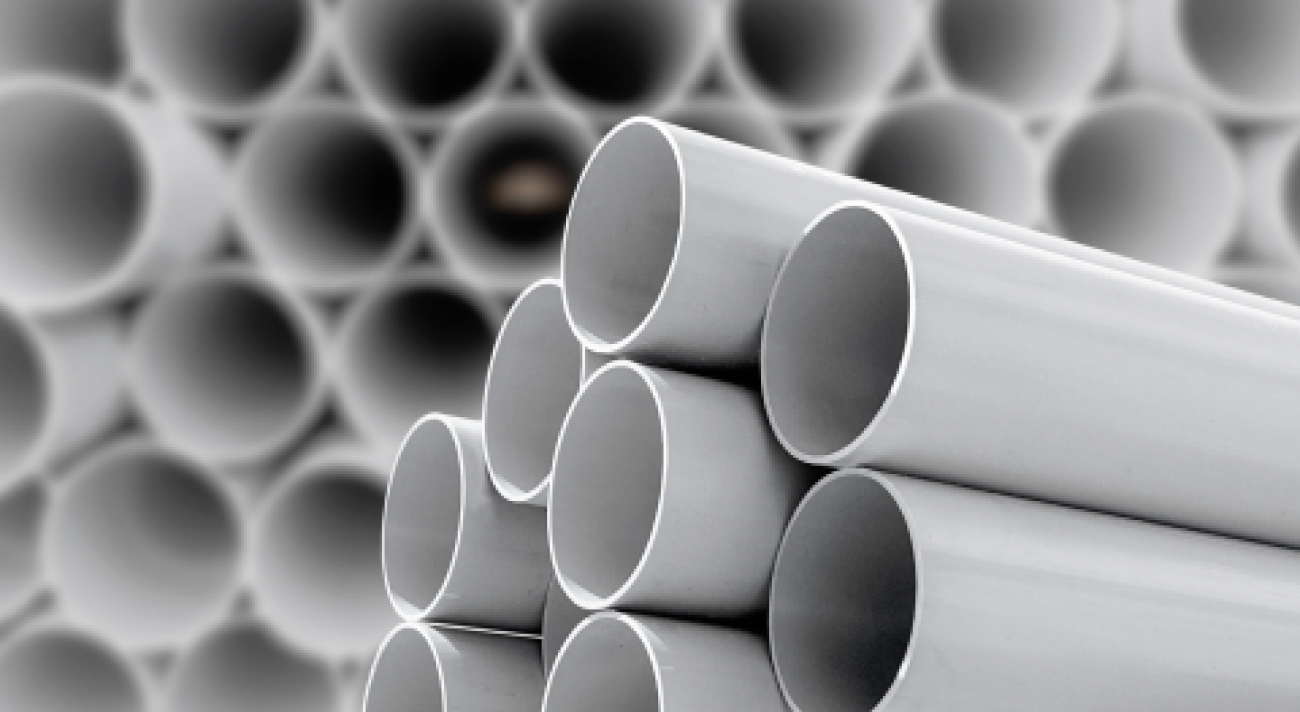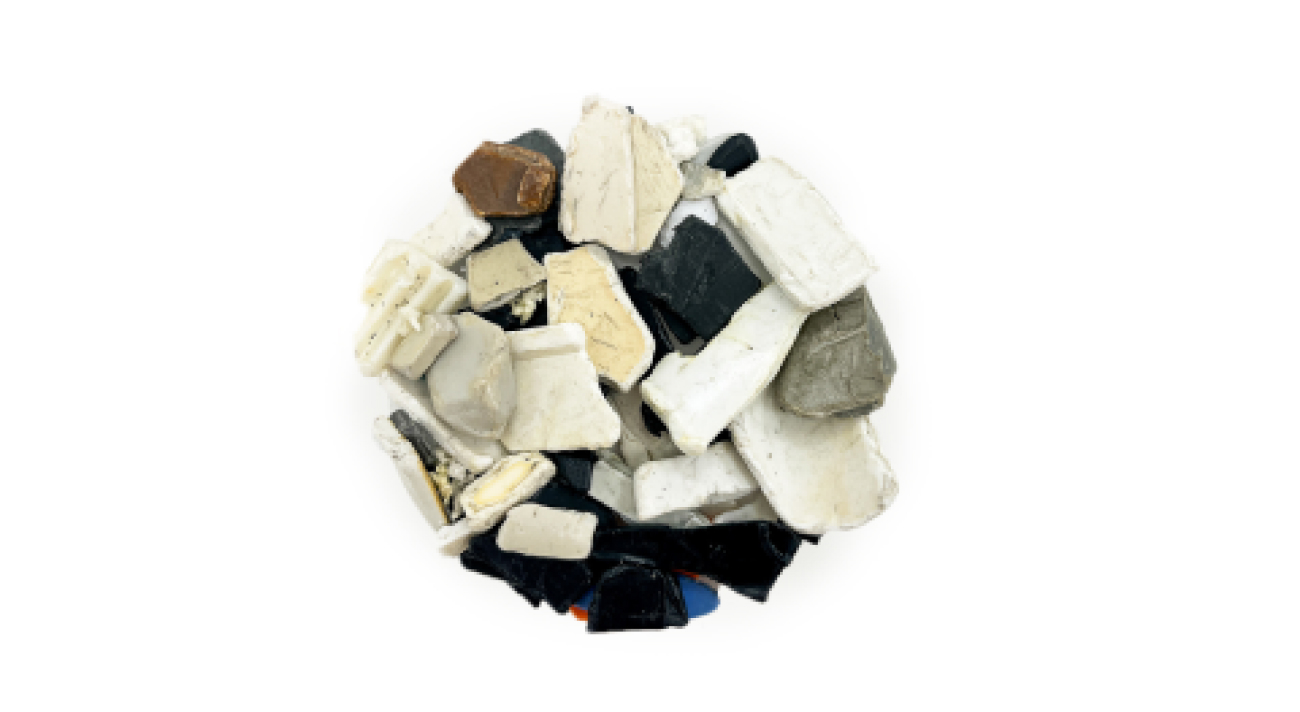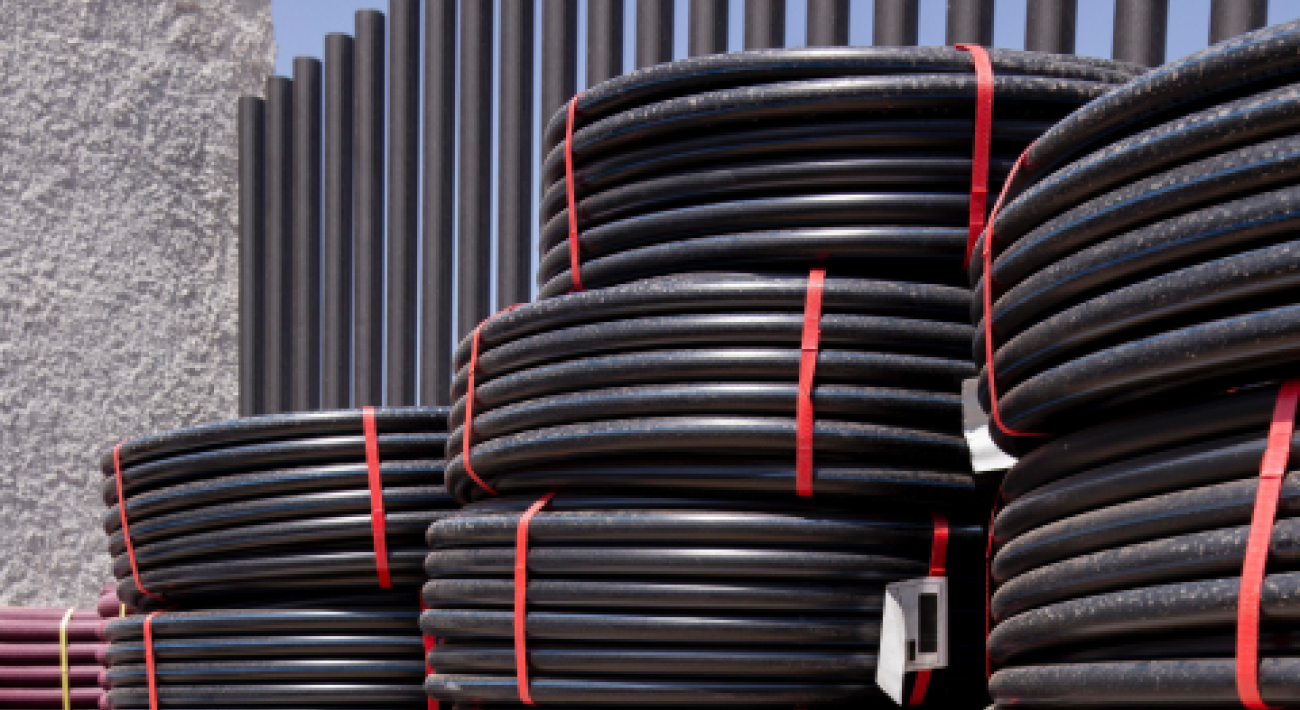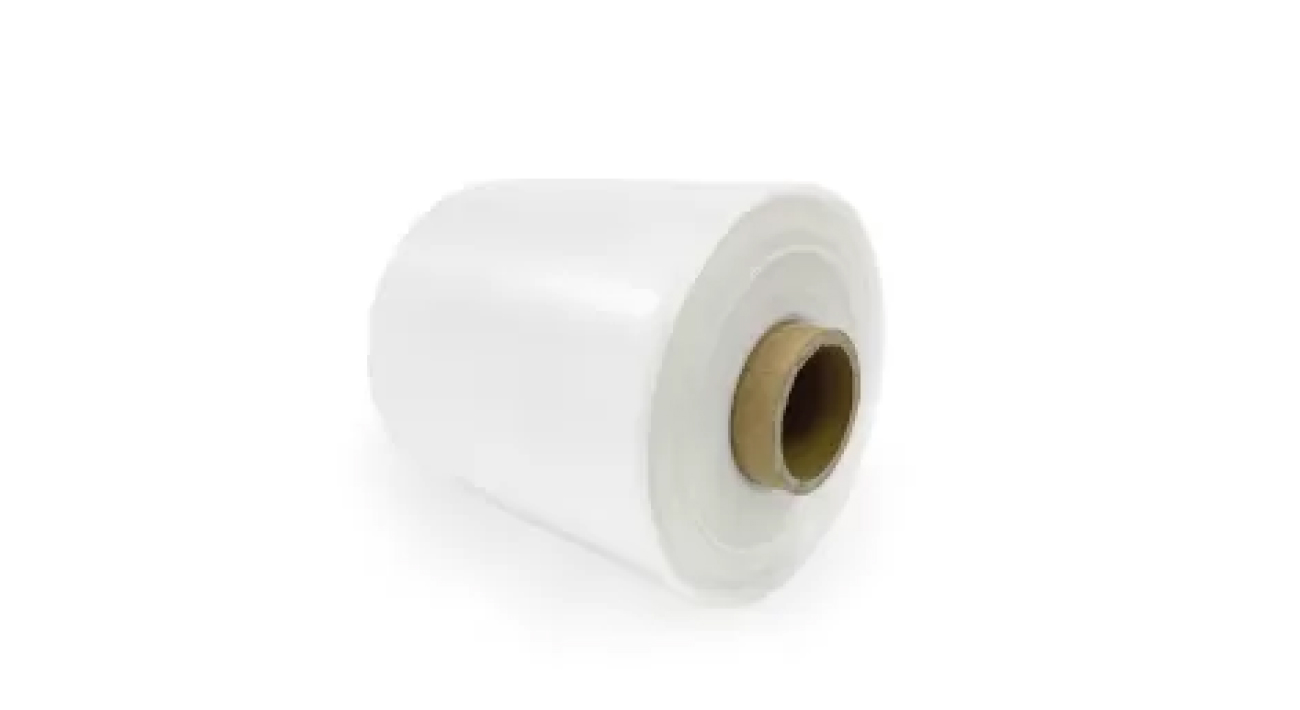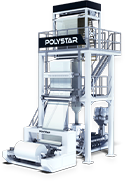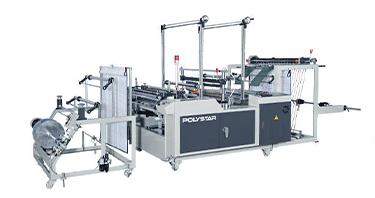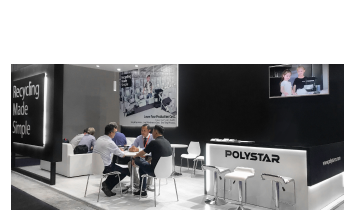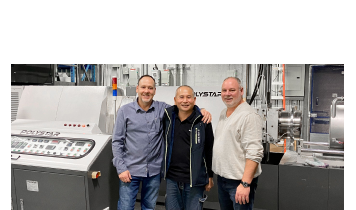We use cookies and other tracking technologies to improve your browsing experience on our website, By clicking "Accept All," you agree to allow cookies to be placed to enhance your browsing experience on this website to show you personalized content and targeted ads, to analyze our website traffic, and to understand where our visitors are coming from. You can manage your cookie settings below. Clicking "Confirm" indicates your agreement to adopt the current settings.
How HDPE Recycling Leads to Waste Management in Favor of the Environment and Businesses
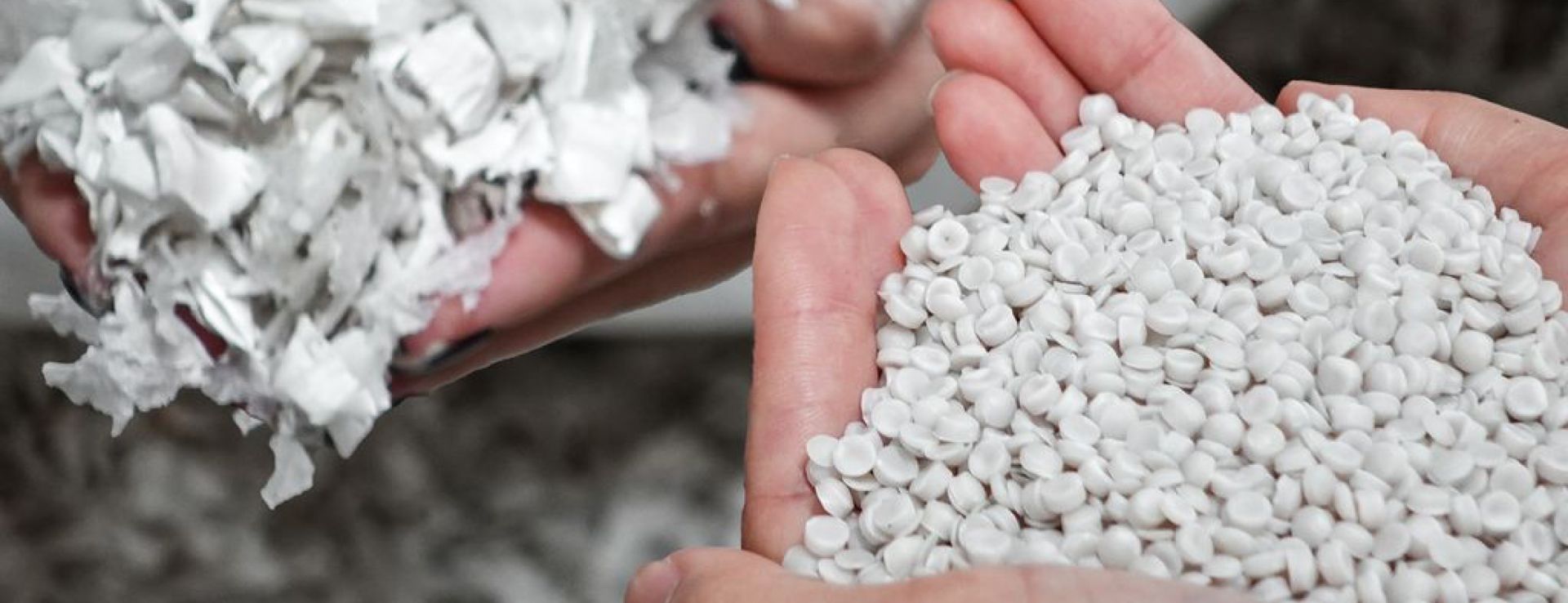
Key Factors Promoting the Use of r-HDPE
-
 ( r-HDPE from rigid HDPE bottles )
( r-HDPE from rigid HDPE bottles ) -
 ( r-HDPE from printed HDPE bags )
( r-HDPE from printed HDPE bags )
Recycled high-density polyethylene (r-HDPE) plays a crucial role in creating a circular economy for plastics, and its demand is rising constantly, which is driven by a combination of several factors:
- Sustainability Concerns: High demand for HDPE and reliance on nonrenewable sources raise concerns about sustainability. r-HDPE is a good remedy to reduce this reliance and eliminate waste that ends up in nature.
- Brand Commitments & Consumer Pressure: Consumers are now more aware of the environmental impact of their choices. They tend to purchase products made of recycled materials, at least containing recycled content. HDPE recycled products fit the bill perfectly. Moreover, using r-HDPE in products can contribute to the ESG goals of the manufacturers and the brands.
- Regulatory Landscape: Governments in most countries implement regulations and Extended Producer Responsibility (EPR) policies. These policies often lead producers to use recycled content in plastic production, especially in plastic packaging. r-HDPE holds a major space in this due to its versatile usage in packaging, not only limited to HDPE plastic bags but also many rigid containers and jugs.
- Economic Factors: Despite the initial expense of recycling infrastructure, r-HDPE is cost-effective in the long term compared to virgin HDPE. Especially as oil prices fluctuate and the costs associated with virgin HDPE plastic production and usage rise due to regulations.
- Versatility and Applications: r-HDPE is a commonly used recycled plastic in a wide range of applications. Producers often replace virgin HDPE with r-HDPE or use it as a high percentage in the product recipe without compromising performance. In many production methods, including injection molding, blow molding, and blown film production, r-HDPE is finding its way into countless products.
HDPE Plastic Recycling Process to Derive r-HDPE
The HDPE plastic recycling process involves several key steps depending on the waste stream. For post-consumer HDPE waste, the process mainly includes collection and sorting of HDPE waste, cleaning and contaminant removal through washing lines, and reprocessing the waste plastic into r-HDPE (recycled HDPE) pellets through plastic recycling machines.
In terms of post-industrial waste of HDPE plastic, the process is relatively shorter since sorting and cleaning can be skipped if the production waste is stored separately and away from the contaminants.
POLYSTAR’s Role in the r-HDPE Value Chain
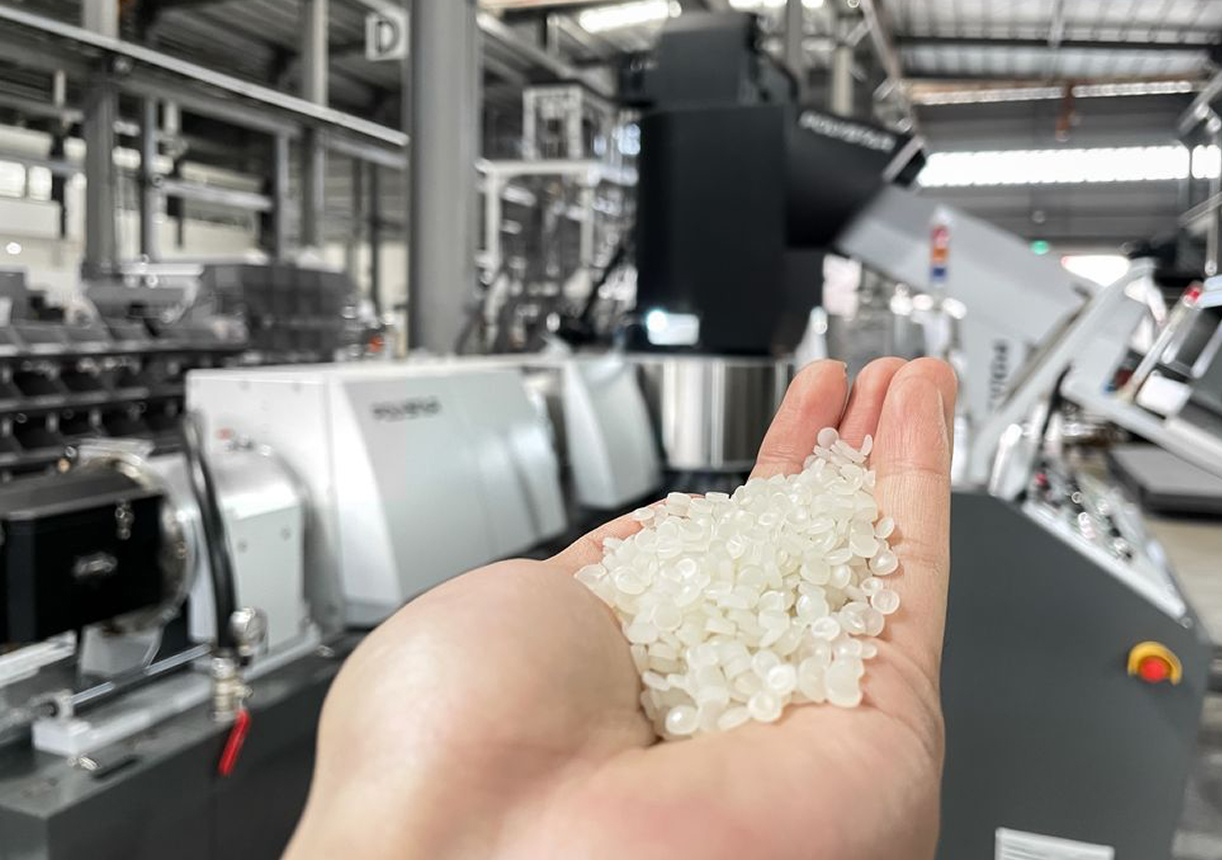
Whether you have soft HDPE plastic waste (e.g. plastic films, rejected bags, bag cut-offs) or rigid HDPE waste (pipe regrinds, irrigation pipes, milk bottles, injection regrinds, etc.), POLYSTAR has a suitable plastic recycling line solution for you.
You can take a look at our recycling solution categories below that align with your HDPE plastic recycling needs and our machinery suggestions for each of them:
Couldn’t you find a solution that complies with your requirements, or do you need further consultation? We got you! Contact your POLYSTAR representative to select a customized recycling solution to carry your business into the future.
About the Author
Resul Gökpınar
International SalesResul creates up-to-date content based on his experience, gained by solving customers' problems in Turkey and the EMEA market.

